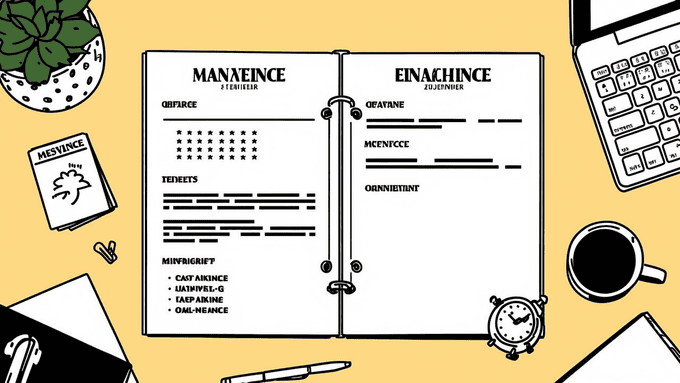Business Analyst Resume Guide

Formatting a Business Analyst Resume
To create an effective resume, choose the right format. The reverse-chronological format is recommended because it highlights career progression. Other formats include the functional, which emphasizes skills over work history, and the combination format, which blends both approaches. Ensure your resume layout is professional with one-inch margins, a professional font, 11-12pt font size for text, 14-16pt for headers, 1.0 or 1.15 line spacing, and no more than one page in length.
Using a Resume Template
Opt for a business analyst resume template to avoid formatting issues and ensure a professional appearance.
Inclusions in a Business Analyst Resume
Essential sections in a business analyst resume include work experience, contact information, skills, and education. Optionally, you can add sections for awards & certifications, languages, and interests & hobbies.
Contact Information
Display your contact information clearly, including your full name, title, phone number, professional email address, and location if relevant.
Resume Summary or Objective
Craft a compelling opening paragraph that captures the recruiter's attention. A resume summary highlights your professional experiences and achievements, while an objective states your professional goals. Choose between the two based on your experience level.
Work Experience
Focus on your most notable achievements in the work experience section, not just daily tasks. Use quantifiable results to demonstrate your value to previous employers.
Lack of Work Experience
If you lack work experience, emphasize transferable skills from previous roles that are relevant to a business analyst position.
Action Words
Use strong action words to make your achievements stand out, such as "conceptualized," "initiated," and "spearheaded."
Education
List your education history in a clear format, including degree type & major, university name, years studied, GPA, honors, and relevant courses.
Skills for a Business Analyst Resume
Highlight both hard skills, such as financial analysis and risk analysis, and soft skills, such as communication and attention to detail.
Additional Sections
Consider adding sections for awards & certifications, languages, and interests & hobbies to make your resume stand out.
Cover Letter
Include a cover letter with your resume to demonstrate your interest in the company and the role. Structure it with personal contact information, hiring manager's contact information, an opening paragraph, the body, and a closing paragraph.
Key Takeaways
- Format your resume correctly using the reverse-chronological format.
- Use a resume summary or objective to capture attention.
- Highlight achievements in the work experience section.
- Use a convincing cover letter to enhance your application.
By following these guidelines, you can create a business analyst resume that stands out and secures interviews.